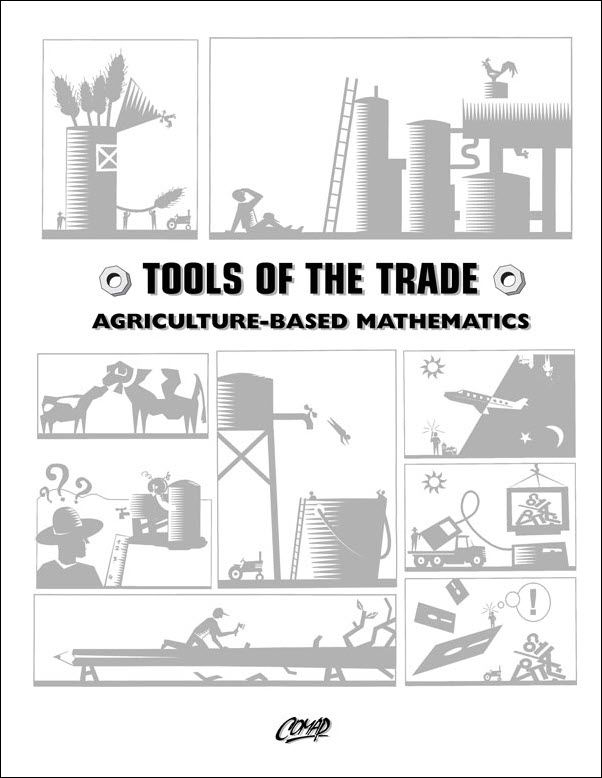Tools of the Trade: Unit 1: Unit Conversions
Author: Project Co-Directors: Dave Engelhard, Michael Kallaher & Jack Robertson
Unit 1 : Unit Conversions: Purpose of Unit:
To show students a systematic way to work any kind of conversion problem and to teach and review some conversion units.
Note: The information below was created with the assistance of AI.
1. Level of Mathematics
Secondary Education (Grades 8–12)
The mathematics level is appropriate for late middle school to high school students. It assumes:
Competence in basic arithmetic operations
Familiarity with units of measurement (both metric and U.S. customary)
Ability to perform multi-step conversion problems
Use of calculators for computation
The concepts build foundational numeracy skills essential for real-world applications, particularly in agricultural and technical fields.
2. Application Areas
This unit emphasizes agriculture-based mathematics, with practical applications in:
Agriculture: Calculating land area, spraying rates, harvesting rates, etc.
Construction: Volume of materials (e.g., concrete)
Environmental science: Unit conversions relevant to herbicide application
Physics and Engineering: Speed, energy, and electrical power calculations
Astronomy: Light-years and space distance conversions
General Life Skills: Time, volume, mass, and temperature conversions
3. Prerequisites
Skills Required:
Arithmetic computation (including fractions and decimals)
Basic algebraic manipulation (formula use and rearrangement)
Calculator competency
Familiarity with conversion facts, although key ones are provided in the unit
Knowledge Assumed:
Basic units for length, area, volume, mass, and time
Use of ratios and proportions
Understanding of the relationship between units (e.g., square and cubic unit implications)
4. Subject Matter
Core Focus:
Systematic approach to unit conversions
Understanding and applying the principle that multiplying by one does not change a value (using conversion factors as forms of one)
Topics Covered:
Conversion of linear, area, and volume units
Time, mass, temperature, and speed conversions
Derived units and compound unit conversions (e.g., ft/sec, lb/ft²)
Real-world multi-step problems (e.g., crop dusting coverage, fuel cost, power usage)
Example Scenarios:
Calculating how much herbicide to apply to a specific area
Estimating how long a farmer needs to complete plowing a field
Converting bushels to volume units
Understanding power and energy usage in farming operations
5. Correlation to Mathematics Standards
Aligned With: Common Core State Standards (CCSS) for Mathematics, particularly:
CCSS.MATH.CONTENT.6.RP.A.3: Use ratio and rate reasoning
CCSS.MATH.CONTENT.7.EE.B.3: Solve real-life and mathematical problems using numerical and algebraic expressions
CCSS.MATH.CONTENT.HSN.Q.A.1-3: Reason quantitatively and use units to solve problems
CCSS.MATH.PRACTICE.MP4: Model with mathematics
Also Supports:
STEM-integrated education, especially agricultural science
Career and Technical Education (CTE) math standards with a focus on agriculture, environmental science, and applied physical sciences

Mathematics Topics:
Application Areas:
Prerequisites:
You must have a Full Membership to download this resource.
If you're already a member, login here.